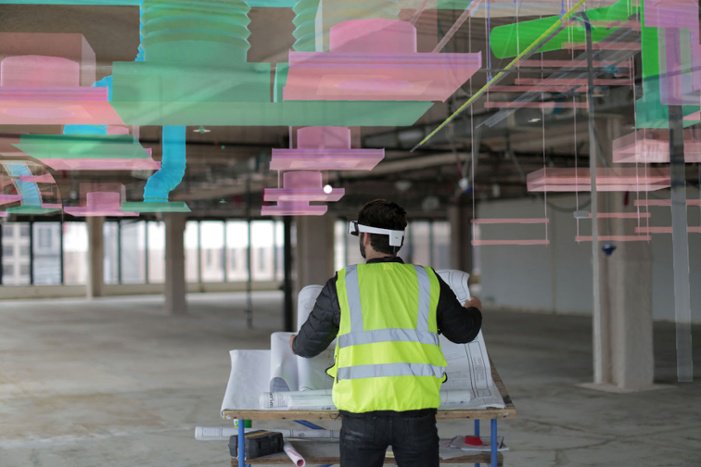Some people believe it to be the ‘Fourth Industrial Revolution’, while others just accept it as the next step for businesses worldwide. Either way, it is difficult to deny that technology is now integral to building and design. However, while artificial intelligence could be seen as a helpful asset within the industry, could it also become a complete replacement for tradesmen? This article attempts to question exactly how far we suspect technology will advance and whether construction will evolve into an industry of robots within the next 50 years. Balfour Beatty predicts the extreme. They claim that construction sites will be completely human-free by the year 2050. According to the leading infrastructure group, tradesmen will simply not be needed on-site, instead, teams of robots will either be programmed to create any level of complex structures, or these structures may even assemble themselves. They also claim that humans will exist in the job as ‘overseers’, therefore cultivating the opportunity for staff to remotely manage numerous sites and projects at any one time. Balfour Beatty further states that this move to robots and artificial intelligence is a solution to many current problems regarding health and safety and skills shortages within the industry. However, it is important to also consider their warnings of the potential problems related to cyber-attacks and technological viruses, alongside the extremely high levels of energy that would be needed to power all this futuristic technology. It seems even a robot-centric and human-free site would not be without its own issues.
However, this vision perhaps appears excessive. Instead, it may be more comforting to take the view that technology is more likely to become a helpful asset rather than a human replacement. The company behind BIM 360 published an interesting article that outlines specific technological advances that may be useful for construction. One product they pitted as advantageous for the industry is virtual reality. No longer just an exciting video-game option, VR or even AR could revolutionize building drawing and design. Taking architects and engineers a step further than 3D modelling, virtual reality technology can fully immerse users within the environment they are creating. Autodesk, the sellers of BIM 360, also mention the use of drones. With in-built cameras, they provide an opportunity to reduce safety hazards for technicians, who can now stay safe on the ground rather than scaling a dangerous site to spot and fix an issue. Unlike Beatty’s extreme view on technological advances, it seems that the technology discussed by Autodesk is that which is already in use across a variety of industries; now it becomes about how we implement these products for the most effective use within building and design. Autodesk, in particular, understand the benefits of technology in construction and they claim that it not only becomes a entity to ‘bridge the gap in knowledge’, but also a way to compete against other firms and businesses. Nevertheless, the issues with embracing technology lie within the foundations of the construction industry itself. Despite some experts claiming that technological advances drive the sector, it seems that many companies are reluctant to accept and follow the progression that technology can offer. Perhaps this reluctance is due to a collective fear or intimidation of a Balfour Beatty-style, futuristic perception of technological advances. Or, it is possible that the industry has reached a point it believes to be peak efficiency and therefore is struggling to move past that. However, it appears that companies that refuse to take advantage of technology may fall behind once the industry does finally collectively welcome products like BIM 360, design VR and drones.


















